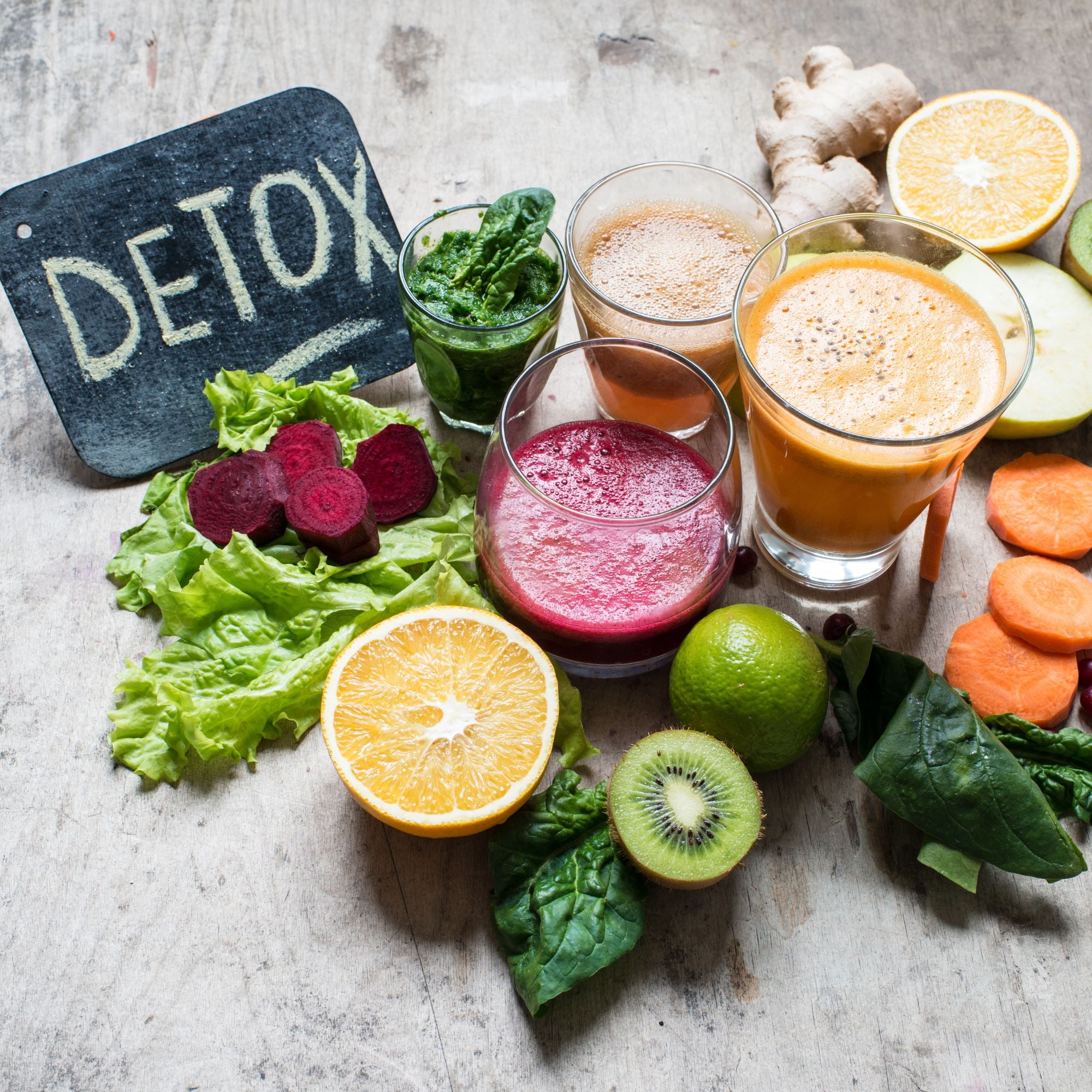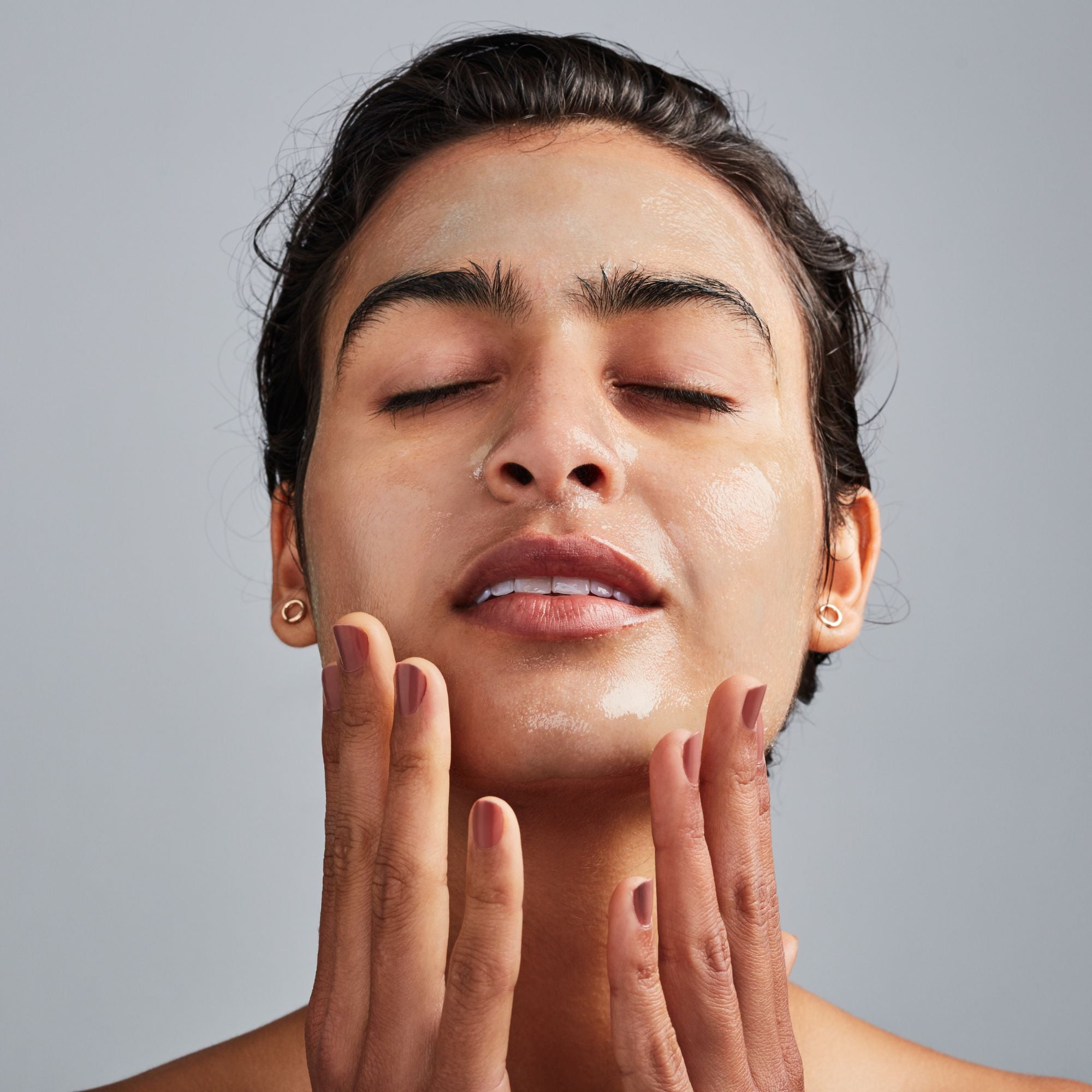Did you know that fungal acne affects more people than you might realise? It's estimated that fungal acne, also known as Malassezia folliculitis, accounts for up to 56% of all acne cases. That's a staggering number, considering how often fungal acne goes misdiagnosed or mistaken for traditional acne.
If you've been struggling with persistent breakouts that don't respond to regular acne treatments, it's possible that you might be dealing with fungal acne. In this comprehensive guide, we'll dive into everything you need to know about fungal acne, including its causes, symptoms, treatment options, and skincare routines. By the end, you'll be equipped with the knowledge to tackle fungal acne head-on.
Key Takeaways:
- Fungal acne, or Malassezia folliculitis, makes up a significant portion of acne cases, accounting for up to 56%.
- Fungal acne is often misdiagnosed or mistaken for traditional acne, leading to ineffective treatments.
- This guide will provide you with in-depth information on the causes, symptoms, treatments, and skincare practices for managing fungal acne.
- Understanding the unique characteristics of fungal acne is crucial for effective treatment and prevention of future flare-ups.
- Don't suffer in silence – with the right knowledge and approach, you can take control of your fungal acne and achieve clearer, healthier skin.
What is Fungal Acne?
Fungal acne is a common skin condition that often gets mistaken for traditional acne. However, it is not caused by bacteria but by an overgrowth of yeast on the skin. Fungal acne, also known as Malassezia folliculitis, typically appears as small, itchy bumps that resemble acne breakouts.

So, how does fungal acne differ from traditional acne? Unlike traditional acne, which is caused by the blockage of hair follicles by sebum and dead skin cells, fungal acne is triggered by an overgrowth of a specific type of yeast called Malassezia. This yeast is naturally found on the skin, but an imbalance can lead to fungal acne outbreaks.
Distinctive Symptoms of Fungal Acne
Recognizing the distinctive symptoms of fungal acne is crucial for proper diagnosis and treatment. Here are some key features to look out for:
- Small, uniform bumps that resemble acne
- Clusters of bumps primarily located on the forehead, chest, back, or shoulders
- Bumps that are itchy or tender
- Bumps that worsen with humidity and perspiration
- Frequent breakouts that do not respond to traditional acne treatments

If you observe these symptoms, it's important to consult a dermatologist to confirm whether you have fungal acne. A proper diagnosis will ensure you receive appropriate treatment and skincare recommendations.
Causes and Triggers of Fungal Acne
Understanding the causes and triggers of fungal acne is crucial in effectively managing and preventing this common skin condition. Several factors contribute to the development of fungal acne, including excessive humidity, a compromised skin barrier, and certain lifestyle habits.
Excessive humidity provides an ideal environment for the overgrowth of fungi on the skin. When sweat gets trapped in the pores, it creates a warm and moist environment that promotes fungal growth. This can occur in humid climates or due to excessive sweating during intense physical activities.
A compromised skin barrier is another common cause of fungal acne. When the skin barrier is weakened or disrupted, it becomes more susceptible to fungal infections. Factors such as using harsh skincare products, over-exfoliating, and frequent use of antibiotics can disrupt the skin barrier, allowing fungi to thrive.
In addition to environmental factors, certain lifestyle habits can trigger fungal acne. Wearing tight clothing made of non-breathable fabrics, such as synthetic materials, can trap sweat and heat against the skin, creating a favourable environment for fungal overgrowth. Additionally, using occlusive skincare products or not properly cleansing the skin can contribute to the development of fungal acne.
It's important to note that while fungal acne can be triggered by certain factors, it's not contagious and is not caused by poor hygiene. Even those who follow a strict skincare routine can develop fungal acne due to these specific causes and triggers.
To effectively manage fungal acne, it's essential to address these causes and triggers. By maintaining a clean and dry environment for the skin, using gentle and non-comedogenic skincare products, and adopting healthy lifestyle habits, you can help prevent fungal acne and minimise its occurrence.

Treating and Managing Fungal Acne
When it comes to addressing fungal acne, effective treatment and management strategies are essential for controlling symptoms and preventing future flare-ups. In this section, we will explore some of the key approaches you can take to tackle fungal acne and achieve clear, healthy skin.

1. Topical Antifungal Medications
One of the primary methods for treating fungal acne is the use of topical antifungal medications. These medications work by targeting and eliminating the underlying fungal infection, helping to alleviate symptoms and promote healing. Common antifungal ingredients include ketoconazole, clotrimazole, and terbinafine. It is important to follow the prescribed application instructions and consult with a healthcare professional before using any medicated products.

2. Skincare Routine for Fungal Acne
A well-designed skincare routine can significantly contribute to managing fungal acne. Here are some key steps to consider:
- Gentle Cleansing: Use a gentle, non-comedogenic cleanser to remove excess oil, dirt, and impurities without disrupting the skin's natural barrier.
- Avoid Oil-based Products: Opt for oil-free or non-comedogenic skincare products to prevent clogged pores and further irritation.
- Antifungal Treatments: Incorporate antifungal treatments, such as creams or serums containing antifungal ingredients, into your skincare routine to target the fungal infection directly.
- Hydration: Use a lightweight, oil-free moisturizer to keep your skin hydrated without adding unnecessary oil.
- Sun Protection: Apply a broad-spectrum sunscreen with at least SPF 30 to protect your skin from harmful UV rays, as some antifungal medications can increase sun sensitivity.

3. Lifestyle Adjustments
In addition to topical treatments and skincare routines, certain lifestyle adjustments can also assist in managing fungal acne:
- Keep Your Skin Dry: Moisture and humidity can create an environment favorable for fungal growth. Therefore, it is essential to keep your skin dry, especially in areas prone to fungal acne, such as the chest, back, and face.
- Avoid Tight-fitting Clothing: Tight clothing can trap moisture and heat, creating an environment conducive to fungal acne. Opt for loose, breathable garments.
- Change Out of Sweaty Clothes: After exercising or sweating, make sure to change out of damp clothes promptly to prevent moisture buildup.
- Avoid Overexfoliation: While exfoliation is essential for maintaining healthy skin, overexfoliating can disrupt the skin's barrier and potentially worsen fungal acne. Opt for gentle exfoliation, if necessary, and consult with a dermatologist.

By incorporating these treatments, skincare routines, and lifestyle adjustments into your daily routine, you can effectively manage and control fungal acne symptoms. Remember to consult with a dermatologist for personalised advice and guidance based on your specific condition.
Conclusion
In conclusion, understanding fungal acne is crucial for effective management and treatment. By recognizing the distinctive symptoms and knowing the underlying causes and triggers, you can take the necessary steps to prevent and control flare-ups.
It is important to maintain a proper skincare routine that focuses on keeping the skin clean and balanced. This includes using gentle cleansers, avoiding heavy moisturisers, and incorporating antifungal products when necessary.
Remember, if you suspect you have fungal acne, it is essential to consult a dermatologist for an accurate diagnosis and personalised treatment plan. With the right approach and consistent care, you can achieve clearer and healthier skin.
Also Read - Best Ways to Get Rid of Dull Skin
FAQ
What are the symptoms of fungal acne?
Fungal acne is caused by an overgrowth of yeast or fungi, specifically a species called Malassezia. Factors that can contribute to its development include excessive humidity, excessive sweating, compromised skin barrier, and certain lifestyle habits like using occlusive skincare products.
How is fungal acne treated?
Treatment for fungal acne typically involves the use of topical antifungal medications. These can be in the form of creams, gels, or shampoos. Additionally, adjusting your skincare routine to avoid pore-clogging ingredients, using products with antifungal properties, and practicing good hygiene can help manage the condition.
What should be a skincare routine for fungal acne?
It is recommended to include antifungal ingredients like pyrithione zinc, ketoconazole, or selenium sulfide in your skincare routine. Use a gentle cleanser, followed by a medicated antifungal treatment. Avoid using heavy, occlusive products and opt for lightweight, non-comedogenic moisturizers. Keep your skin clean and dry, and avoid wearing tight-fitting clothes that can trap moisture.
Are there any home remedies for fungal acne?
While there are no proven home remedies for fungal acne, there are some anecdotal recommendations. These include applying diluted tea tree oil, vinegar soaks, or using apple cider vinegar as a toner. However, it's important to consult a dermatologist before trying any home remedies to ensure they are safe and effective.
Read More - What Does Firming Mean In Skin Care?




